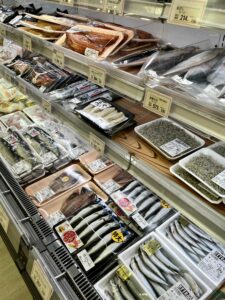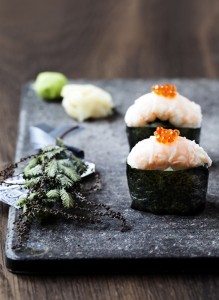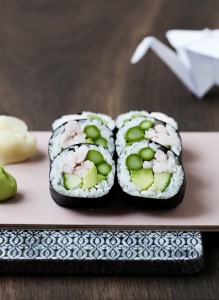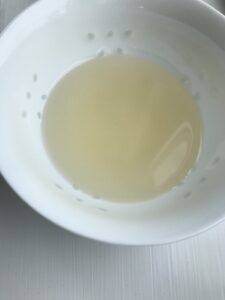
Salmon is the healthiest fish. There are several reasons for this.
It is a fish that is described as fatty fish in the healthy way. It has a high content of omega 3, which belongs to the healthy fatty acids that are vital for the body.
Salmon also has a high content of protein 200 grams of salmon contains 44 grams of protein. Salmon is a booster for your health.
The Japanese population eats as much seafood as Europeans eat meat. In Japan, the variety of different types of fish is large, so most Japanese follow the season for fish.
During the year, the Japanese eat fish with a high content of omega 3 and at other times, they eat fish and shellfish which are not fatty, but instead contain other types of vitamins and minerals.
As a side dish, the Japanese eat many vegetables and cabbage prepared in different ways.
On the Sushi course for beginners, you learn step by step how to make tasty sushi with the most popular fish.
Read more about Sushi course for beginners
_
Zoë has lectured and held sushi courses for A. P. Moller – Maersk, Hugo Boss Nordic, Novo Nordisk, Novartis, Velux, Gorrissen Federspiel, Beierholm revision, Elbek & Vejrup and many more.






